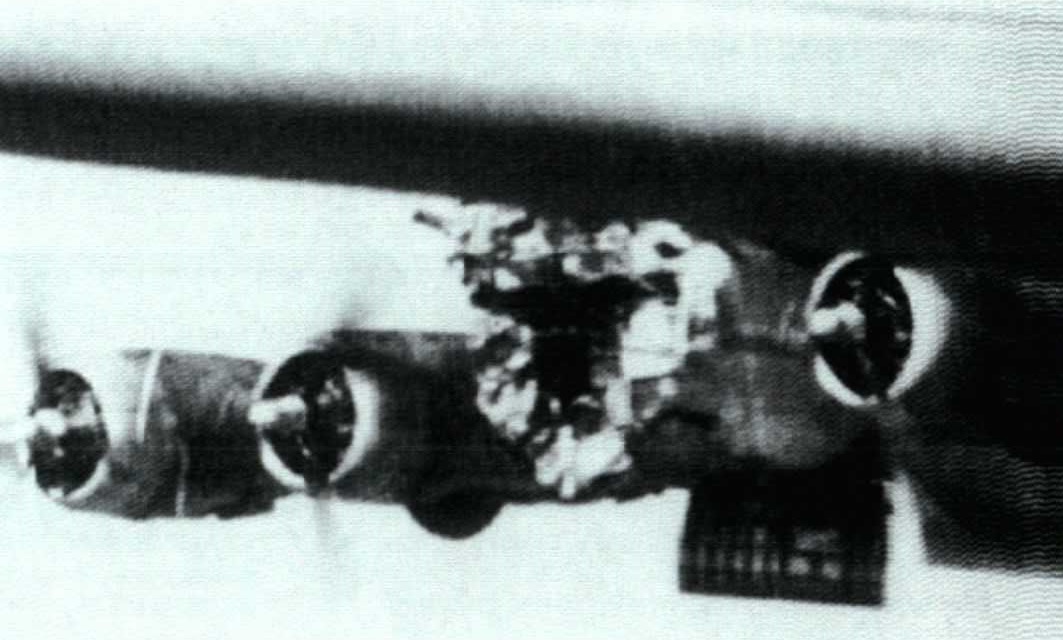As seen from the right waist of an accompanying B-17, this 463rd Bomb Group Flying Fortress received a direct hit beneath the pilot’s feet from what is believed to have been an 88mm shell, which entered the airplane and then detonated
Throughout World War II, the Boeing B-17 Flying Fortress operated in every combat zone, but its most important missions were over Europe. The B-17, along with the B-24 Liberator, was the mainstay of the USAAF’s strategic bombing force, which contributed to the victory by destroying Germany’s war industry.
To overcome enemy defenses, the B-17’s design placed a strong emphasis on high-altitude flying, speed, and substantial defensive weaponry. Its cutting-edge turbosupercharged engines let it reach altitudes of up to 30,000 feet while carrying a combat load, and its powered turrets and flexible guns provided coverage all around the aircraft.
Unquestionably, one of the most stable platforms in the air was the B-17, as explained by Brent William Perkins in his book Memphis Belle: Biography of a B-17 Flying Fortress. The photos in this post demonstrate this fact. This 463rd Bomb Group plane was hit squarely beneath the pilot’s feet by what appeared to have been an 88mm shell that entered the aircraft before detonating, as observed from the right waist of an accompanying B-17. The outcomes were painfully clear. With all four of its engines still operating, the fatally damaged B-17 started a level descent. All those in front of the top turret were promptly killed.

The headless bomber was able to stay in loose formation with the Group for some minutes because of the airframe’s inherent stability. Those who survived the explosion from the radio room back were able to safely bail out thanks to the smooth flight attitude.
The crew became staunch and fatalistic as a result of witnessing pals die day after day. For them, completing twenty-five missions was much more than a feat. While many were afraid they wouldn’t live to see that last raid, everyone was looking forward to flying it.
At that point, the odds were simply stacked against the airmen of the Mighty Eighth Air Force. They all understood that they were living on borrowed time following their fifteenth mission. Widespread superstitions led to the attachment of rabbits’ feet, horseshoes, girlfriends’ ribbons, and other things to numerous bombers. A number of them even declined to fly the thirteenth mission, referring to that run simply as mission number 12A.
Memphis Belle: Biography of a B-17 Flying Fortress is published by Schiffer Publishing and is available to order here.

